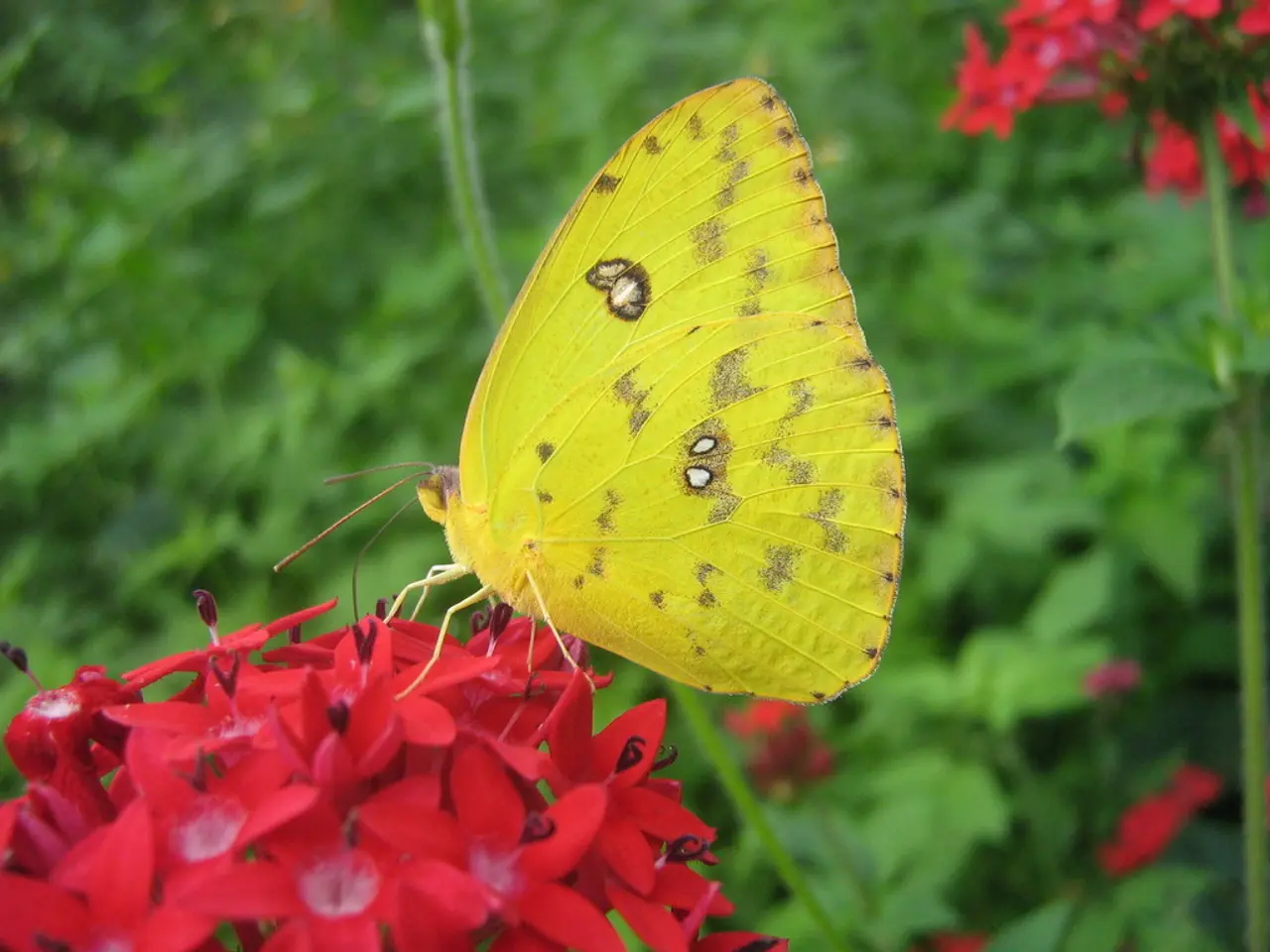Revitalizing Singapore's Pollinators Through Butterfly Sanctuaries
Singapore, known for its rapid urban development, is making strides in preserving and promoting biodiversity within its bustling metropolis. One of the most remarkable success stories is the revival of pollinators, particularly butterflies, in the city-state.
Butterfly gardens have become a testament to Singapore's ability to balance progress with nature. These green spaces showcase how urban environments can thrive with the right strategies, providing essential habitats for pollinators and contributing to the city's overall biodiversity.
Successful Strategies for Butterfly Gardens in Singapore
The key to Singapore's successful butterfly gardens lies in several strategic approaches:
- Planting Nectar-Rich and Native Plants: By incorporating flowers like hibiscus and heliotrope, and native plants that serve as host plants for caterpillars, these gardens offer butterflies the nutrients they need for survival and reproduction.
- Themed Gardens with Specific Butterfly Habitats: Places like HortPark's Butterfly Garden have been designed with host and nectar plants tailored to breed a variety of butterfly species, enhancing biodiversity and supporting a diverse range of butterfly species.
- Community Engagement and Citizen Science: Projects such as Butterfly Watch engage the community in collecting data on butterfly species, raising awareness and informing park management and conservation strategies to sustain butterfly populations.
- Integration with Urban Planning: As part of Singapore's "City in Nature" initiative, urban spaces are designed to provide shelter and food for nectar-loving butterflies and other wildlife, supporting a broader urban biodiversity strategy.
- Therapeutic and Educational Gardens: Gardens like those at HortPark also serve as educational and therapeutic spaces, offering insights into the importance of pollinators and biodiversity while providing a peaceful environment for the public.
Despite these efforts, challenges remain. Climate change adds uncertainty with unpredictable weather patterns affecting butterfly lifecycles. Urban land scarcity and expense make it difficult to secure space for large, connected butterfly garden habitats. However, there is hope for a city where pollinators are not just surviving, but flourishing, as more people join the movement.
Local schools incorporate butterfly gardens as outdoor classrooms for science education and hands-on stewardship. Community groups organize workshops to teach others how to create pollinator-friendly spaces. Yet, invasive plant species can outcompete native flora, reducing the quality of butterfly food sources. Some butterfly gardens study the effects of climate change on pollinator behavior and attract rare species.
As Singapore continues to evolve, its butterfly gardens serve as a beacon for urban biodiversity, offering a vision of a city that harmonizes progress with nature and inspiring cities around the world to follow suit. The flutter of a butterfly's wings is a reminder that every small effort can make a difference for the future of our planet.
Read also:
- Ontario falls short by a small margin in delivering the goal of four hours daily care for long-term care residents.
- "Thrilled response" from animal rights organization following cessation of canine testing at London, Ontario healthcare facility
- Altruistic zeal and a drive to instigate beneficial transformation
- Is it secure for individuals with dementia to consume ice cream?







